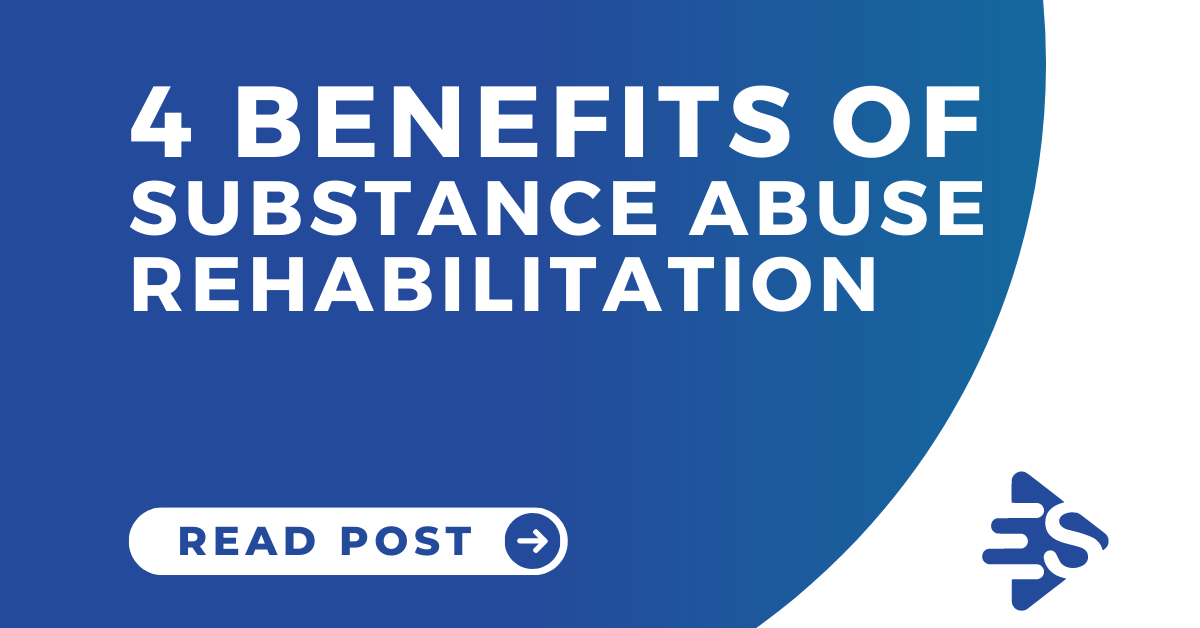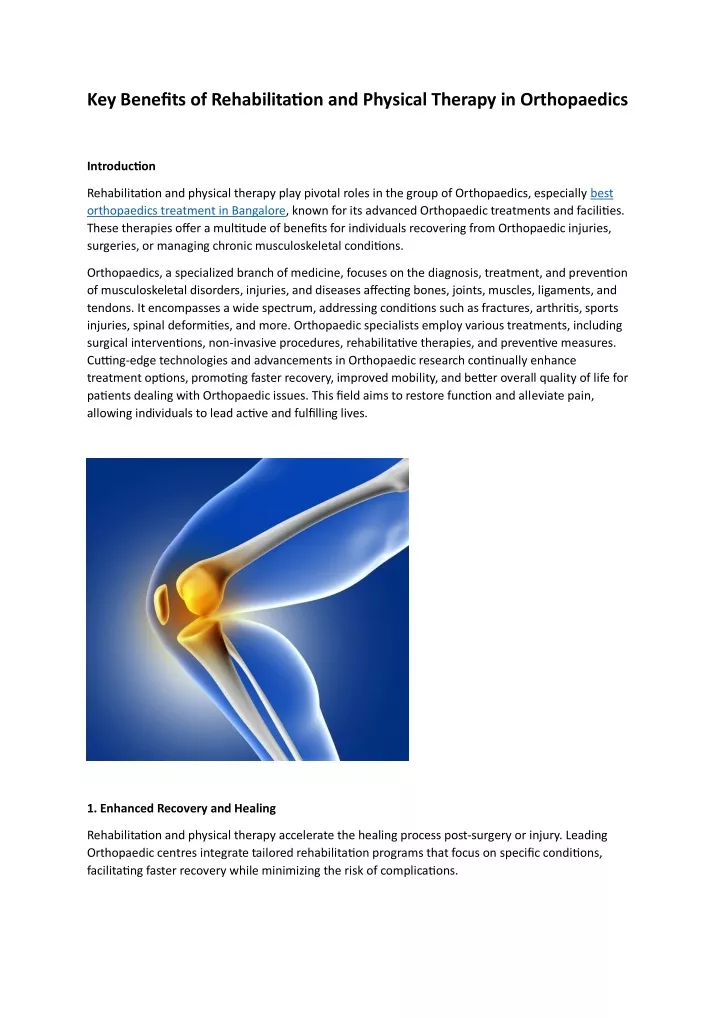The Ultimate Guide To Narconon Africa
The Ultimate Guide To Narconon Africa
Blog Article
Some Ideas on Narconon Africa You Should Know
Table of ContentsFascination About Narconon AfricaThe Of Narconon AfricaSome Known Details About Narconon Africa Some Ideas on Narconon Africa You Need To KnowThe Definitive Guide to Narconon Africa3 Easy Facts About Narconon Africa ShownThings about Narconon Africa
In a series of papers with Manudeep Bhuller and Katrine V. Lken, we get over these information challenges and the nonrandomness of imprisonment, offering brand-new understandings into how imprisonment influences relapse, work, youngsters, and criminal networks - Rehabilitation facility South Africa. Number 1 Our work researches the results of imprisonment in Norway, a setup with 2 essential benefitsWe can better connect this information to various other relative, including kids and siblings. We have information on co-offending that permits us to map out criminal networks for observed crimes. Second, we can leverage the arbitrary assignment of criminal instances to courts that differ in their tendencies to send offenders to jail.
But some judges send defendants to jail at a high rate, while others are a lot more lenient. We gauge a judge's stringency as the average imprisonment rate for all other situations a court handles, after regulating for court and year set results, which is the degree of random job. This quasi-random project of court stringency can be used as a tool for imprisonment, as it strongly anticipates the court's decision in the current case, yet is uncorrelated with various other instance features both deliberately and empirically.
The smart Trick of Narconon Africa That Nobody is Talking About
Characteristics of detainees, consisting of demographics and criminal activity groups, are broadly comparable in Norway and various other nations, consisting of the United States, with the exceptions that the US murder rate is much greater, and race plays a larger role there. What sticks out as various, especially compared to the United States, is the prison system.
Number 2In Norway, the ordinary time spent behind bars is a little over six months, which resembles most various other Western European nations. This contrasts with average United States jail time of virtually 3 years, which is in huge part the reason the USA is an outlier in its imprisonment rate compared to the remainder of the globe [Number 1]
Our Narconon Africa Statements
This provides far more separation between small and hardened bad guys than exists in the USA. There is no overcrowding in Norwegian prisons and better individual security, with each detainee being assigned to their own cell and a higher inmate-to-staff proportion than in the United States (https://narcononza12.edublogs.org/2024/06/05/hello-world/). Jails in Norway likewise use well-funded education, drug therapy, psychological wellness, and work training programs
Our research study on the results of imprisonment on the offender, making use of the random task of judges as an instrument, yields 3 crucial searchings for. First, imprisonment discourages better criminal actions. We find that incarceration reduces the likelihood that an individual will reoffend within five years by 27 portion factors and minimizes the equivalent variety of criminal costs per person by 10 charges.
8 Simple Techniques For Narconon Africa
We find large reductions in reoffending possibilities and advancing charged criminal offenses also after offenders are released from jail. Our 2nd outcome is that prejudice due to selection on unobservable private features, if neglected, leads to the erroneous conclusion that time spent behind bars is criminogenic. If we merely compare criminal offenders imprisoned versus those not sent to prison, we locate positive associations between incarceration and subsequent criminal activity.
This stands in contrast to our analysis based upon the random job of courts, which discovers an opposite-signed result. Third, the reduction in criminal activity is driven by individuals that were not functioning prior to incarceration. Amongst these people, imprisonment boosts engagement in programs directed at improving employability and reducing regression, and this eventually elevates work and revenues while preventing criminal habits.

Jail time causes a 34 percentage point increase in participation in job training programs for the previously nonemployed, and within five years their work rate increases by 40 portion factors. At the same time, the possibility of reoffending within five years is cut Addiction rehabilitation by 46 portion factors, and there is a decrease of 22 in the typical number of criminal charges.
Fascination About Narconon Africa

A plausible description for the distinction is that Norway's prison system varies considerably, both in regards to prison-term size and jail problems, from the United States prison system. While understanding the effects of imprisonment on the culprit is an important initial step, recording spillover effects is additionally vital for reviewing criminal justice policy and designing efficient jail systems.
8 Easy Facts About Narconon Africa Shown

Regular the very least squares approximates disclose that kids of incarcerated papas are 1 percentage point most likely to be charged with a criminal activity, loved one to a mean of 13 percent, and show no effect on school qualities. Using our judge stringency instrument, we discover no statistical proof that a papa's imprisonment affects a youngster's very own crime or institution grades, however we are unable to rule out modest-sized effects.
Fascination About Narconon Africa
We define criminal teams based on network web links to prior criminal situations. When a criminal network member is jailed, their peers' probability of being charged with a future criminal activity lowers by 51 percentage points over the following 4 years - https://www.goodreads.com/user/show/178836477-elma-hernandez.
Report this page